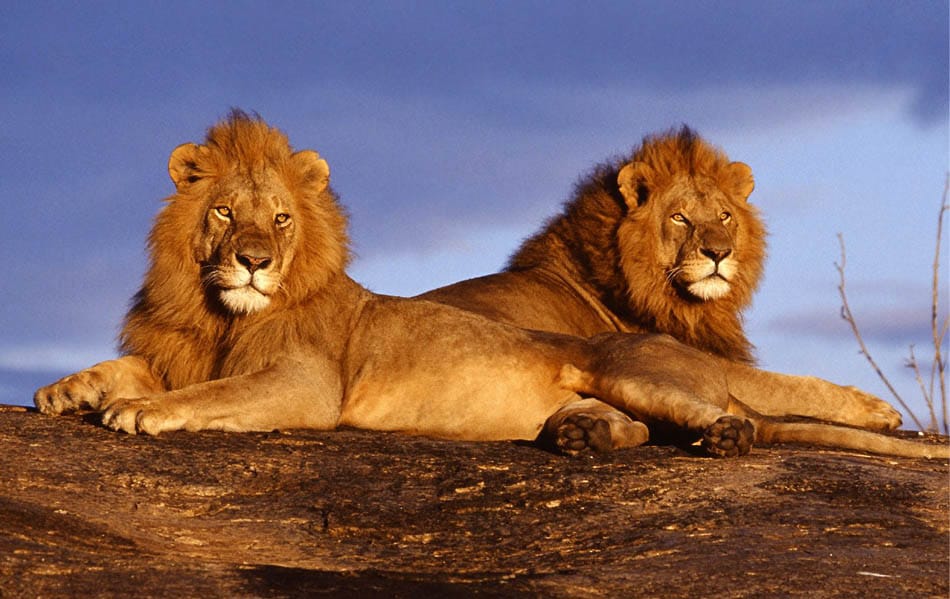
Green Season: Sustainable New Year Resolutions You Should Put into Practice
This year we enter into an entirely new decade. Whether you love the chance to...
 5 November 2024
5 November 2024 
Picture this: A fierce red sun kisses the horizon as the last rays of daylight bathe the camelthorn trees around you in a warm glow. At the waterhole in front of you a mother elephant helps her newborn take a mud bath while an elegant giraffe kneels nearby for a drink. You sip a sundowner and watch as a troop of baboons groom each other, a pod of hippo snort in the water and a herd of impala antelope nibble away at an early dinner on a grassy embankment. As the heat of the day fades, a palpable serenity descends on the world and another magnificent African day draws to an end. This is not just some idyllic scene from a nature documentary; this is daily life in the Kruger National Park.
 Kruger Park – Why it’s a highly rated safari
Kruger Park – Why it’s a highly rated safariIt is easy to see why the Kruger National Park is consistently rated as one of the top safari destinations in Africa. The enormous 20 000 km2 park is not only home to the famous Big Five (elephant, rhino, cape buffalo, lion and leopard) but it also boasts an incredibly diverse African savanna biome. More than 140 species of mammal, including oddities such as the shy aardvark and the fierce honey badger, call it their home while over 300 species of trees stand proudly scattered across the landscape. The Kruger National Park is a birder’s paradise, so be sure to pack your binoculars and keep an eye out for a large variety of raptors, vultures, storks, kingfishers and weavers among the 500-odd species.
Each season brings its own flavour to the Kruger, changing the features of both the landscape and animals, meaning no two visits are alike. Summers are hot, humid and full of rainfall that drapes the landscape in a lush green grassy cloak. Winters are a dry affair, but much cooler and excellent for game viewing. While wildlife is certainly the main attraction, the Kruger has another major drawcard: its world-class lodgings. Since becoming South Africa’s first official national park in 1926 the Kruger has systematically established a wide range of accommodation options in a dozen main camps, several bushveld camps, private lodges and four remote satellite camps. Whether you fancy camping, self-catering cottages, family units, guest houses, luxury lodges or even your very own private villa, you’ll be spoilt for choice throughout the park.
Besides the accommodation within the Kruger, a host of private game reserves on park’s western perimeter share unfenced borders with the Kruger which means you can also experience the park’s abundant wildlife from a number of exclusive 5-star luxury safari lodges. Here you’ll enjoy everything from personalised game viewing experiences and spa treatments to exceptional cuisine and more, all with little to no other visitors. Ease of access completes the trifecta of the Kruger’s best features. The park lies a mere four to six hours from the nearest international airport (OR Tambo in Johannesburg) making travel to and from the reserve a breeze. You can even travel via a charter flight and cut travel time to under two hours. Getting around in the park itself is made easy by an extensive network of tar and good gravel roads. You won’t need a 4×4 or a GPS to find your way here. The Kruger National Park is a place that can be visited for a lifetime without ever running out of sensational experiences. Thanks to nearly a century of conservation efforts Mother Nature’s circle of life remains largely untouched in the reserve. Best of all, you can easily and comfortably observe it all without the need for a David Livingston-style expedition. The Kruger is without a doubt a place where the warm heart of Africa still beats strong.
Spend enough time here and you’ll soon find your own heart beating to the same rhythm. Most travellers opt for booking a car rental with cheap car hire Johannesburg to accommodate their travel plans. South Africa is the ideal country to kick off your African safari.